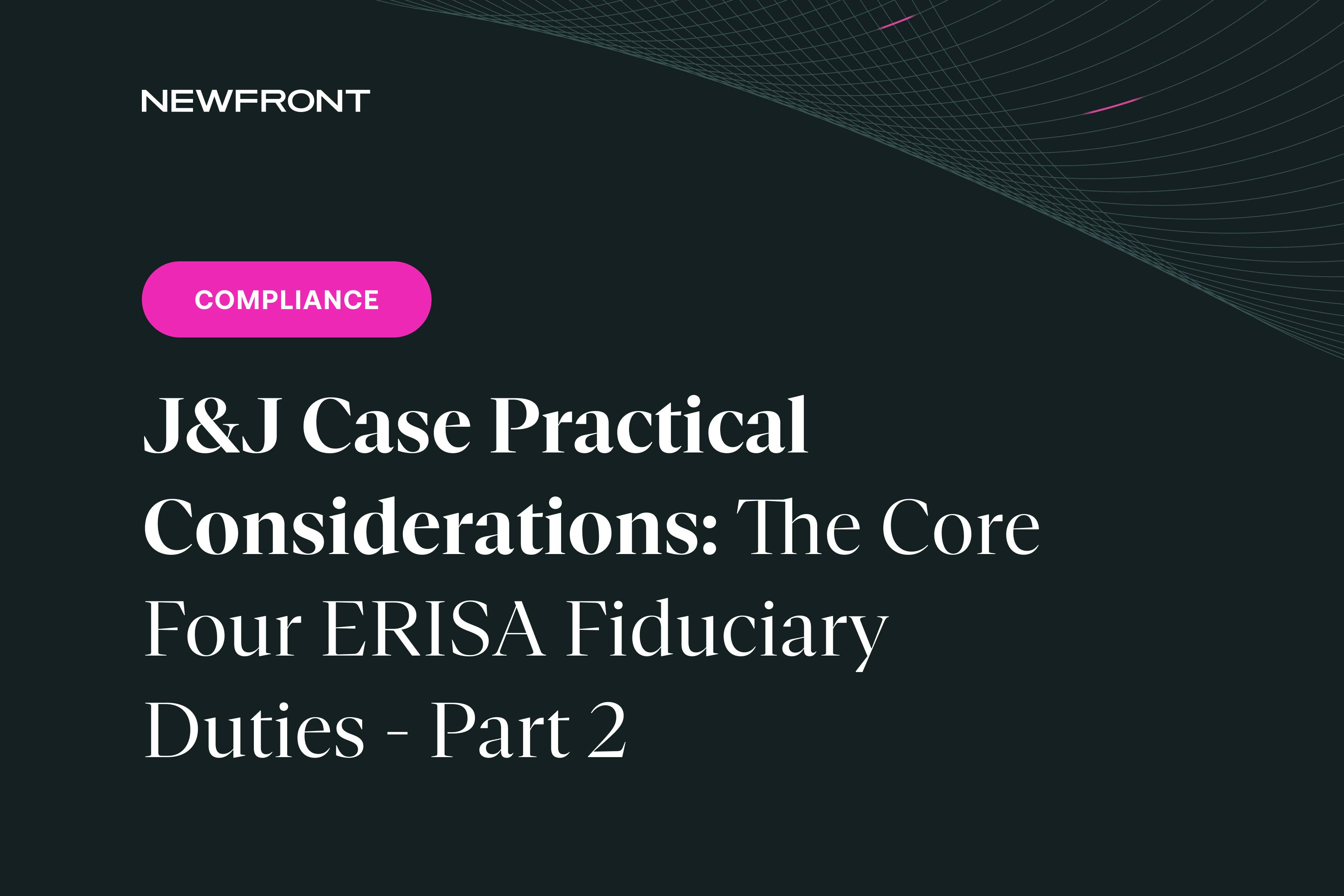Failing the Dependent Care 55% Average Benefit Test
By Brian Gilmore | Published November 17, 2017
Question: What happens when highly compensated employees have already contributed more than the reduced contributions limit from the dependent care FSA nondiscrimination testing?
Compliance Team Response:
Unfortunately, it is very common for employers to fail the 55% Average Benefits Test component of the Dependent Care FSA NDT. It’s a test that’s almost designed to fail.
One common problem is that some of the HCEs will have already made contributions in excess of the adjusted reduced limit. Here’s a summary of how to address that issue:
Contributions in excess of the adjusted reduced limit must be recharacterized as taxable income by the end of the year. The approach can vary slightly depending on whether the excess contribution amounts have already been reimbursed by the FSA:
Excess Contributions Already Distributed: Recharacterized as Taxable Income
The amount distributed from the HCEs’ dependent care FSA in excess of the reduced limit must be recharacterized as taxable income before the end of the year. This amount will need to be included in gross income and subject to withholding and payroll taxes by the end of 2017.
This amount will not actually be provided to employees through payroll because they have already received it through the FSA. It will simply be a payroll function to withhold the required amount from payroll by the end of the year, and ensure that the amount is included in income on the Form W-2.
Excess Contributions Not Distributed: Refunded as Taxable Income or Recharacterized as Taxable Income
The amount of HCE contributions in excess of the reduced limit that have not yet reimbursed to the HCEs must also be made taxable income before the end of the year.
There are two possible approaches:
**Refund/Return: **Have the TPA refund the excess contributions to the company (skip if amounts are not held by the TPA), and then the company will distribute the excess back to the HCEs through payroll as standard taxable wages included in gross income and subject to withholding and payroll taxes by the end of the year.
**Recharacterize: **Recharacterize the excess contributions as taxable income in the same manner as the excess distributions. Then inform HCEs that they may take a distribution of the excess contributions (which no longer have pre-tax status) from the FSA without the need to submit qualifying dependent care expenses.
Reminder: Correct By the End of the Year!
Once the plan year closes, there is no option to correct. Rather, you must re-characterize the entire HCE DCAP election amount as taxable income and report it as such on the Form W-2.
In other words, if the contributions are not reduced by the end of the year, you must reduce the HCE elections to “0” and re-characterize the entire contribution amount as taxable income to the HCEs on the W-2. The 55% Average Benefits Test cannot be satisfied through corrections made after year-end.

Brian Gilmore
Lead Benefits Counsel, VP, Newfront
Brian Gilmore is the Lead Benefits Counsel at Newfront. He assists clients on a wide variety of employee benefits compliance issues. The primary areas of his practice include ERISA, ACA, COBRA, HIPAA, Section 125 Cafeteria Plans, and 401(k) plans. Brian also presents regularly at trade events and in webinars on current hot topics in employee benefits law.
Connect on LinkedIn

